For a century now, visitors to Devil’s Lake State Park have stopped for a meal,…
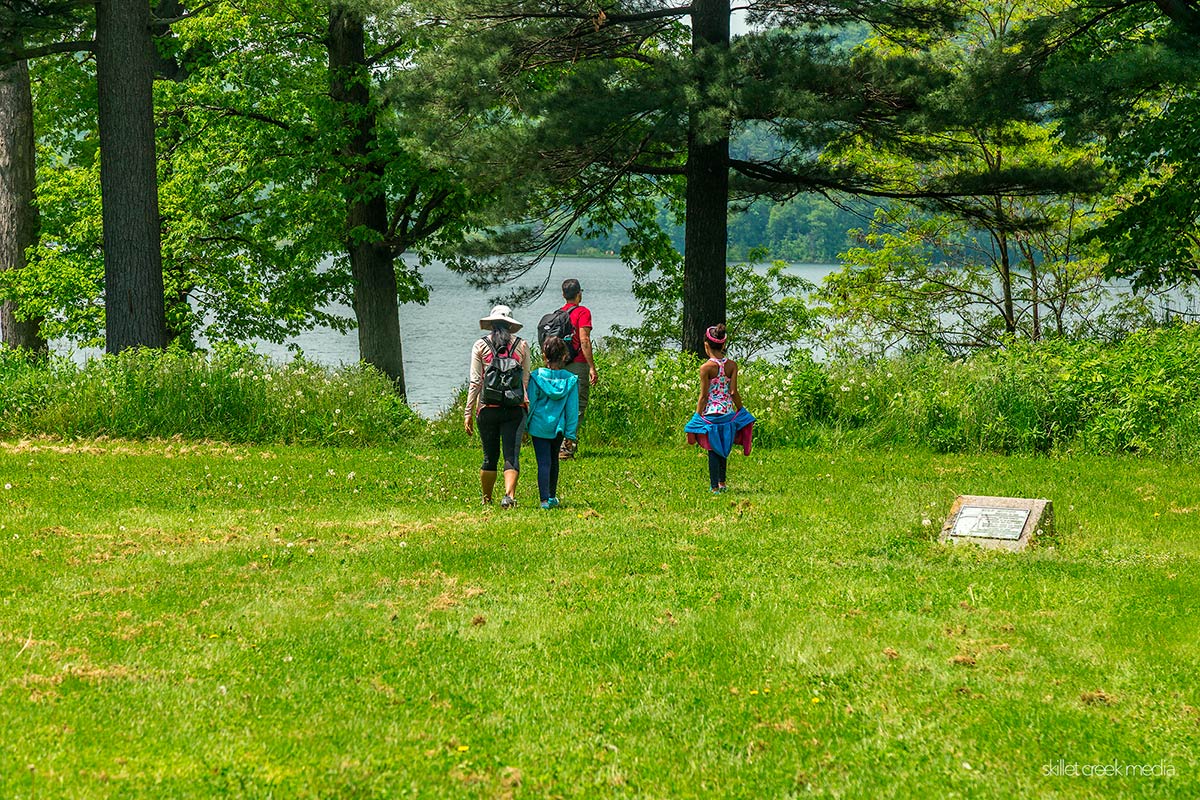
If you’re planning a visit to Devil’s Lake State Park this summer, here’s something important to know before you arrive: Many of the gentle rises and islands of tall grass and flowers in the landscape, especially in picnic areas, are ancient Native American effigy mounds. These sacred sites, built between 700 and 1200 CE, are protected as burial sites under Wisconsin law and hold deep cultural significance to many in our communities.
While it may seem strange to build a picnic area in a cemetery, that’s essentially what happened. Years ago, when park infrastructure was developed, picnic areas were placed all around these sacred sites. Each year, busy, distracted visitors unknowingly walk over them, picnic on them, or even dump hot coals from grills on them—not out of disrespect, but simply because they don’t realize what they’re looking at.
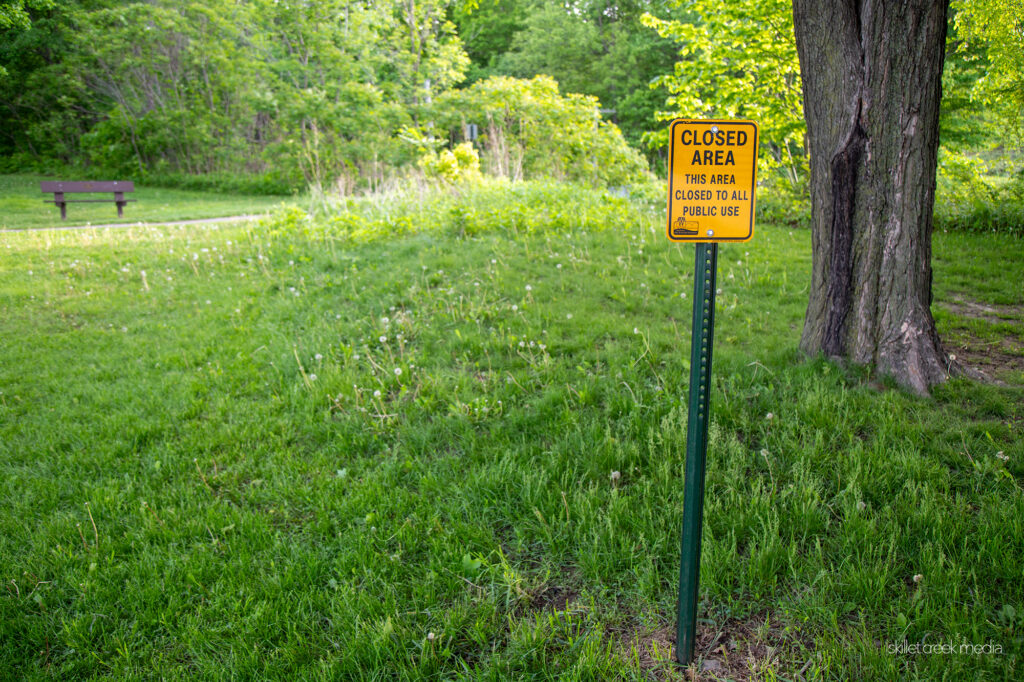
Let’s face it, the only real signage is hundred-year-old plaques mounted on rocks barely a foot off the ground, making them easy to overlook.
While we may not know which mounds do or do not contain human remains, we must treat them all as burial sites.
Why This Matters in 2025
Devil’s Lake is Wisconsin’s busiest state park, attracting over 2.5 million visitors each year. However, like many parks, it faces staffing shortages, limited law enforcement, and the challenge of managing large crowds.
This means you won’t see many park staff out amongst the crowds taking time to educate visitors or monitor the grounds. That leaves it up to each visitor to be aware. (And that’s where things break down.)
For YOU, however, it’s easy to find out where the mounds are, as they are marked on the Devil’s Lake day-use maps in the park’s visitor guide. If you’re planning a trip, take a moment to check the map and familiarize yourself with their locations.
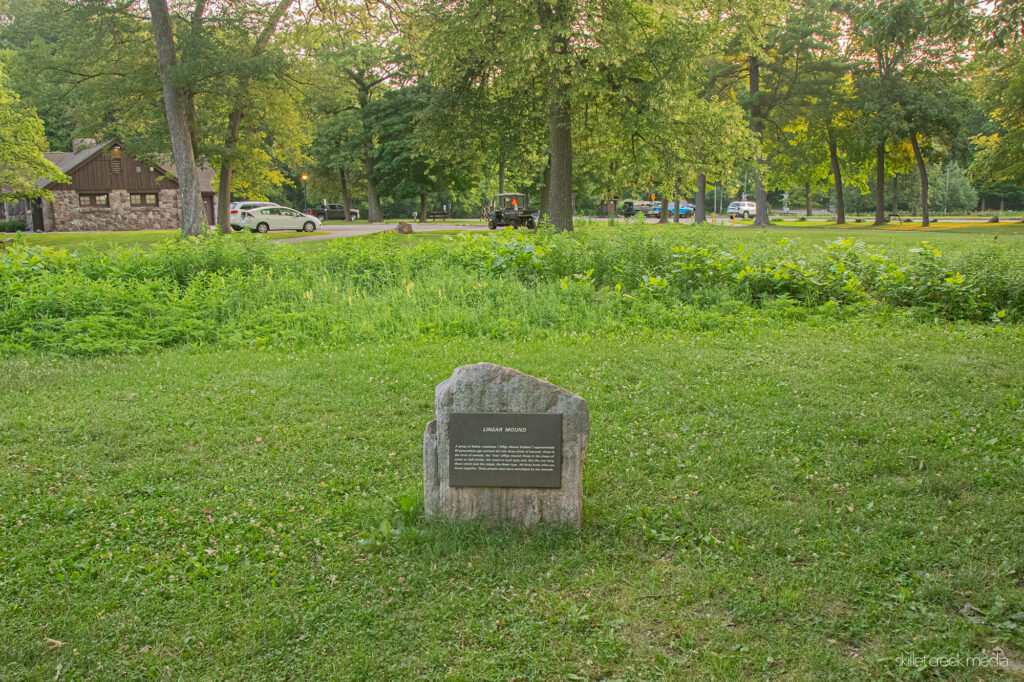
What You Can Do to Help
- Be Mindful in Picnic Areas – If you see a raised, grass-covered area that looks out of place, assume it’s a mound and avoid walking, sitting, or setting up on it.
- Don’t Dump Your Stuff – Never dispose of hot coals or other waste on or near mounds. Use designated grills and waste bins.
- Share the Knowledge – If you bring guests to the park who aren’t aware of the mounds, take a moment to let them know why they’re important.
- Respect and Report – If you see someone unknowingly disturbing a mound, and if you feel comfortable, a kind word might help. (Again, most folks just don’t know what they are looking at.) If you witness vandalism, report it to park staff when possible.
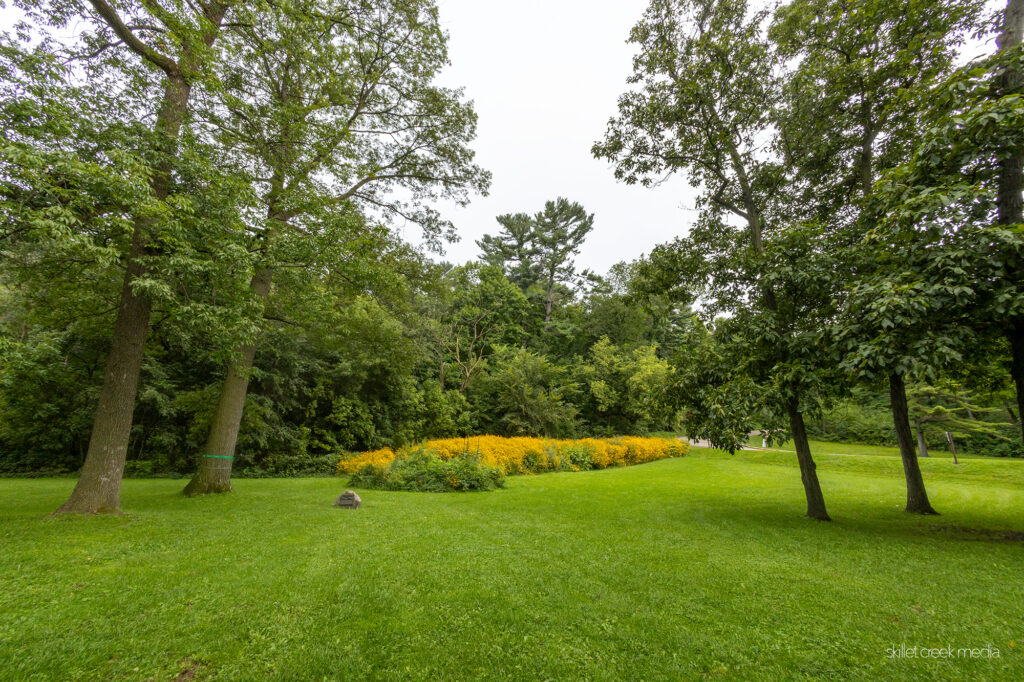
A Park Worth Protecting
Effigy mounds are rare and fragile remnants of Wisconsin’s ancient past. While the park continues to work on preservation efforts, their care and recognition have been inconsistent at best. The best way to protect these sites is through awareness and personal responsibility.
This summer, as you explore Devil’s Lake, take a moment to look at the landscape with fresh eyes—because some of the most important landmarks aren’t well-marked at all.
For more information, stop by the Devil’s Lake Nature Center, where you can learn about the history of these sacred sites and the people who built them.

For nearly 2 decades the Skillet Creek blog has focused on 3 main goals; To inspire you to visit and explore the Devil’s Lake region, to help you get the most your visit by sharing tips, events, and other helpful information. Lastly to advocate for our environment & wildlife and talk about how we can keep our natural areas amazing now and into the future! That last goal can sometimes cause controversy, but it’s the only way we can accomplish the first two. – Derrick Mayoleth, Owner.
This Post Has One Comment
Comments are closed.

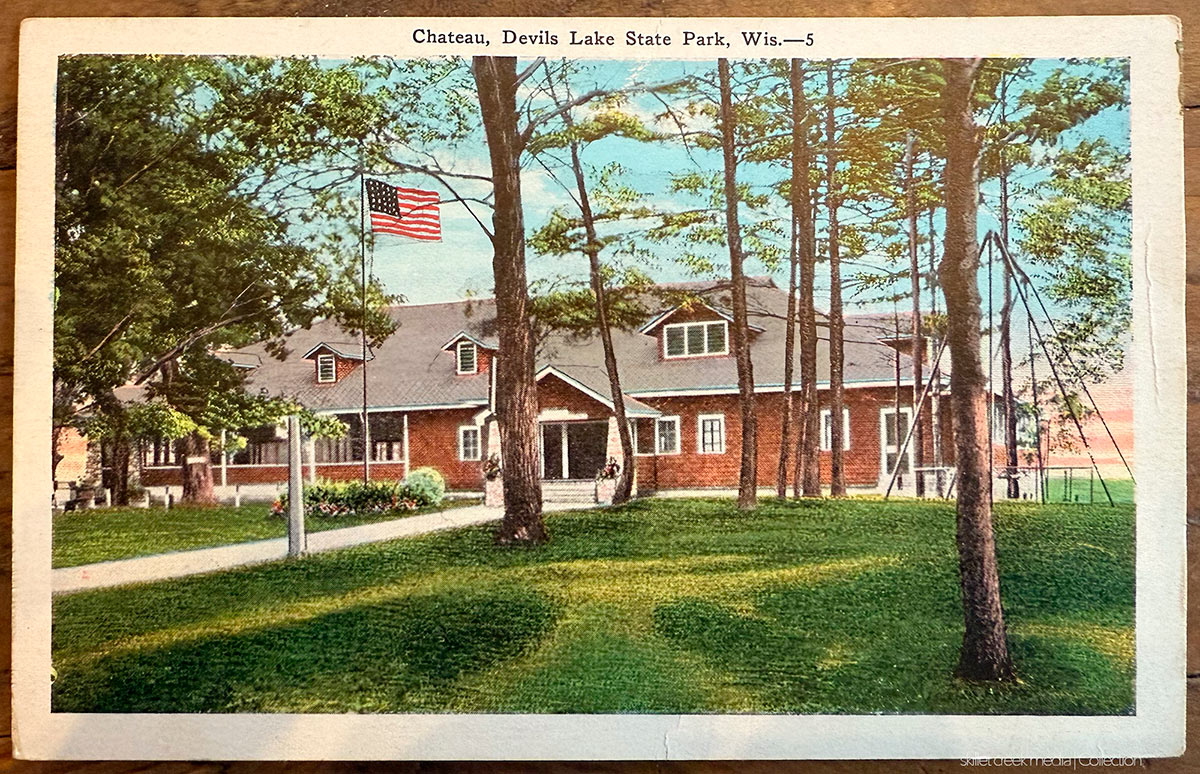
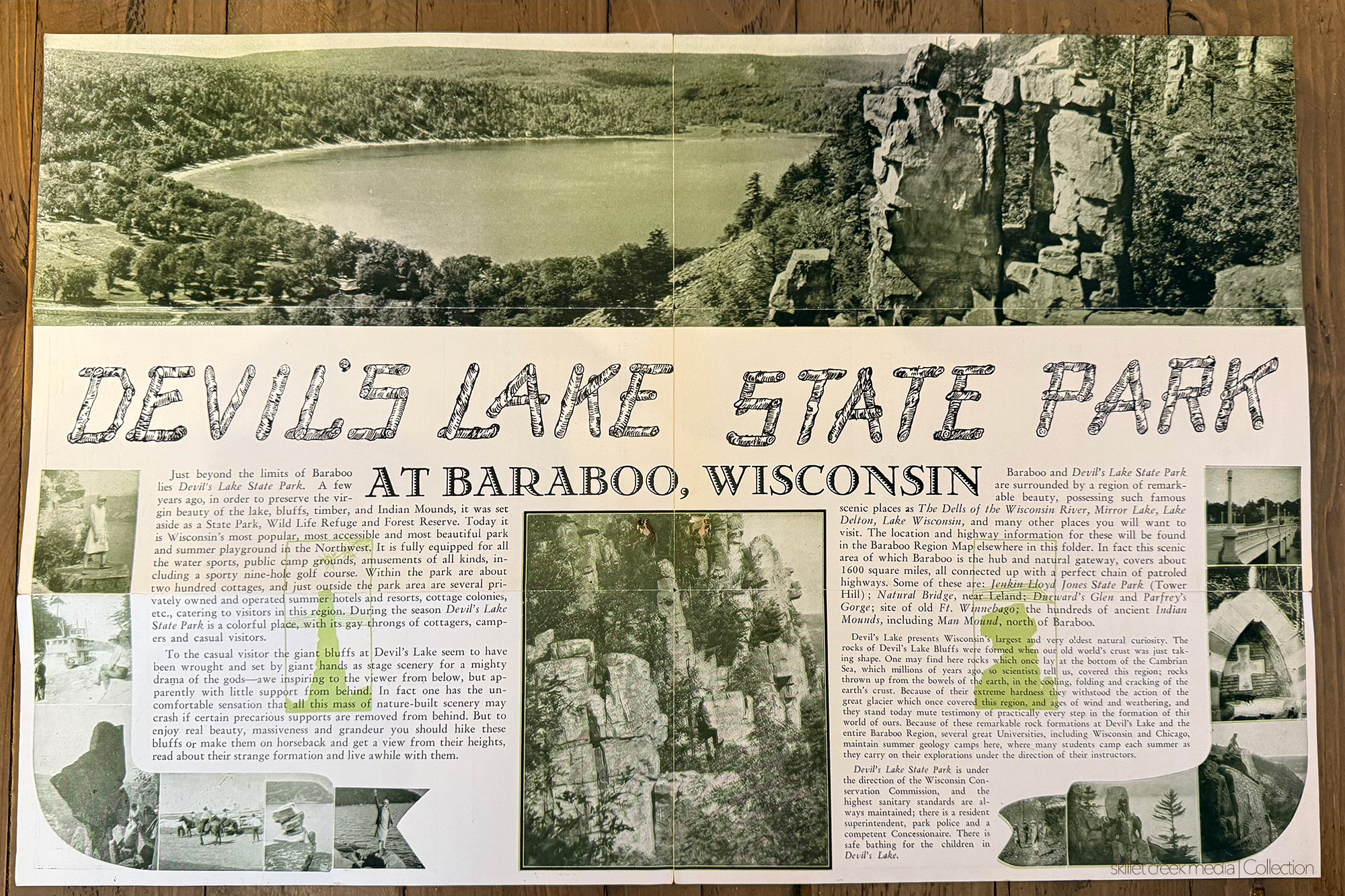
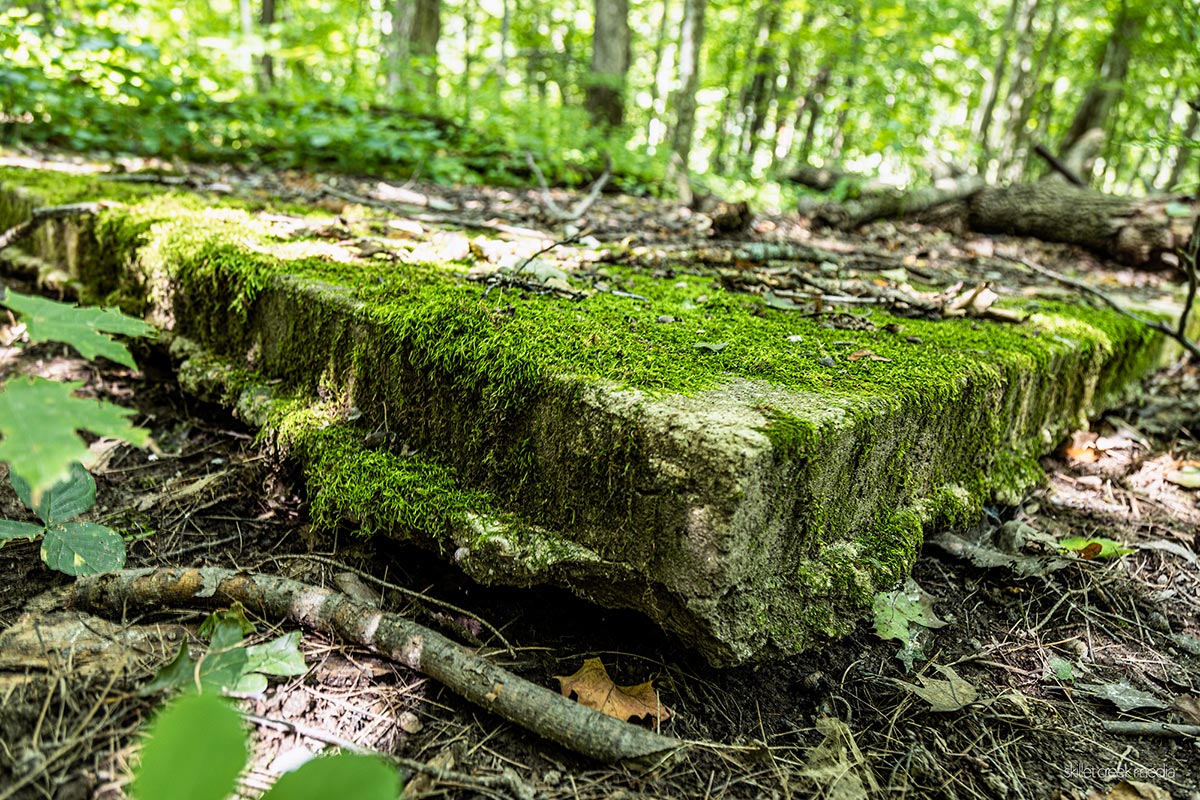
If folks are interested, there is a presentation this evening (March 5) about Indigenous mounds at the Baraboo Library. The Baraboo Range Preservation Society’s Cabin Fever Lecture series. Free and open to the public. Refreshments at 630 pm, program starts at 7 pm.